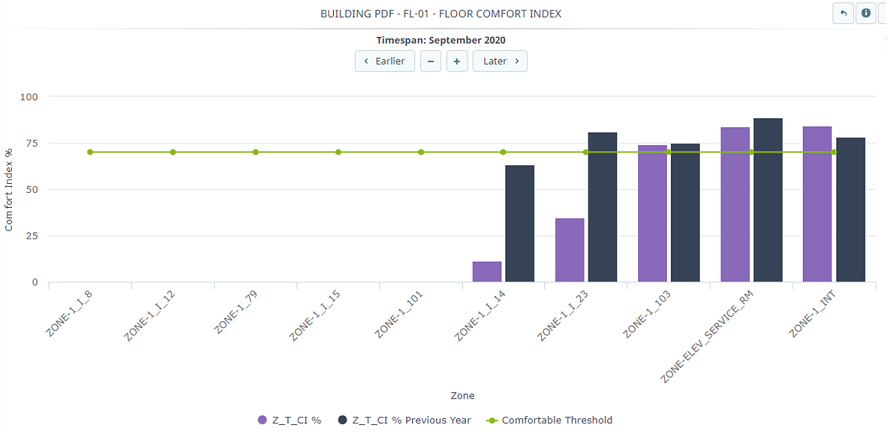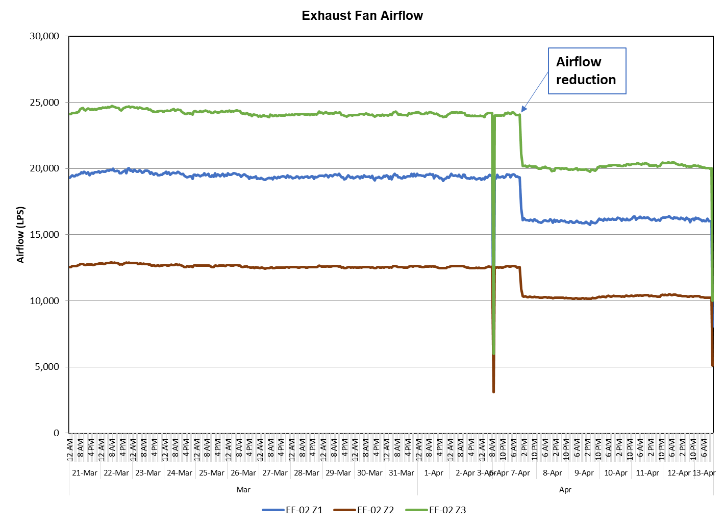Since its approval as an ANSI/ASHRAE standard in 1995 and as an ISO standard in 2003, BACnet has become the most common network protocol in modern building automation systems. Although BACnet was not originally designed to enable analytics, it has a number of features that have facilitated the implementation of analytics applications, not the least of which is that BACnet offers a standard method for third-party analytics applications to access data in building systems. However, this article focuses on other features of BACnet that help building owners to implement analytics in their facilities.
John Petze’s recent article Introduction to Project Haystack described two activities that are a starting point for the implementation of analytics in a building system:
1. Understanding the meaning of your data
2. Documenting your understanding using semantic tags
The good news is that BACnet has capabilities that can help you to understand the data present in a building automation system and then to document the data points within your automation systems in an open fashion.
A Brief Review of BACnet Objects and Services
Data in BACnet-compliant devices are contained in BACnet objects. As an example, a BACnet Analog Input object represents a physical analog input in a building automation device. Each BACnet object contains a number of properties, each of which contains data or metadata. In the case of a BACnet Analog Input object, the value associated with the physical analog input is stored in the Present_Value property, and properties such as Object_Name, Engineering_Units, and Status_Flags contain metadata. Each BACnet object type (such as Analog Input) has several properties that are required to be present in every object of that type and other properties that are optionally present in an object of that type.
BACnet objects are accessed using BACnet services, which you could think of as APIs that trigger the transmission of messages on the network. Fundamental BACnet services include Read Property, used to read the value of a property of a BACnet object, and Write Property, used to modify the value of a property of a BACnet object.
Semantic Tags in BACnet Objects
Yes, BACnet objects can contain semantic tags! This feature was added to BACnet in 2016. Each BACnet object may contain a new BACnet property which contains a list of tags, each tag consisting of a character string and, in some cases, a value associated the character string. Tags will be assigned by the product manufacturer, the controls contractor, and/or the facilities engineering and maintenance staff.
Here is an example of a set of tags that could be attached to a BACnet object that represents the value read from an air temperature sensor: “sensor”, “air”, “temperature”, “measuredValue”, and “status”. By combining tags in this manner, it will be possible for analytical applications to answer questions such as the following: “Which room air temperature sensors were reading a value greater than 75 degrees F at any time from 8 a.m. until 6 p.m. yesterday?”
A common misconception is that BACnet will only support BACnet-specific semantic tags. The reality is that BACnet objects can contain almost any semantic tags that can be represented as character strings, including Haystack tags. In fact, ASHRAE has not yet defined any semantic tags in a published standard. It seems likely that many BAS manufacturers and software vendors will define their own proprietary tag sets which will be used in combination with tag sets defined by industry groups.
Are we there yet?
Just as BACnet provides functionality that enables open communication within and between automation systems, metadata that enable analytics can be made easily accessible to third-party applications using BACnet. With a better understanding of the value of well designed metadata, building owners will be able to make decisions that will allow them to use the growing number of analytical services and tools that can unlock additional value from their building systems.
BACnet has been successfully applied in building control applications for two decades. Now that there is also a solid foundation for analytics within BACnet, it is time for industry to leverage this foundation to enable the widespread deployment of rich analytical applications.
Originally published in New Deal For Buildings blog.





Leave a Reply